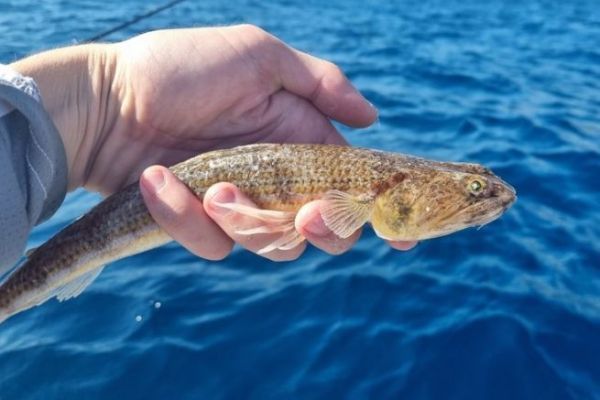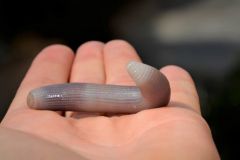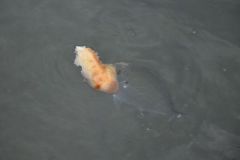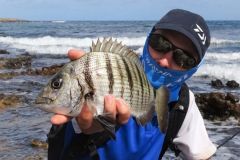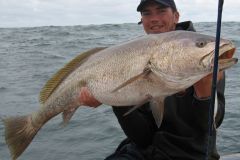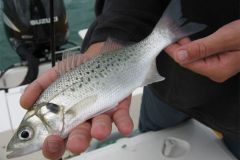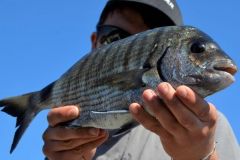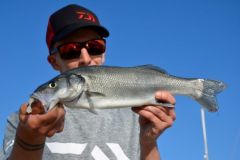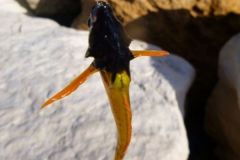A fish that's easy to recognize
The striped lizardfish (synodus saurus) is all too often mistaken for a snapper. Yet it is easily recognizable with its triangular, flattened head. Its jaw features numerous fine, pointed teeth, giving it a ferocious look. Its body features white to blue horizontal lines from the back of the head to the tail. The striped lizardfish has two small eyes on the top of its head. Its eyes are green with an orange outline.
A member of the Synodontidae family, the Striped Lizardfish can exceed 30 centimeters in length. It is also sometimes called a lambert.
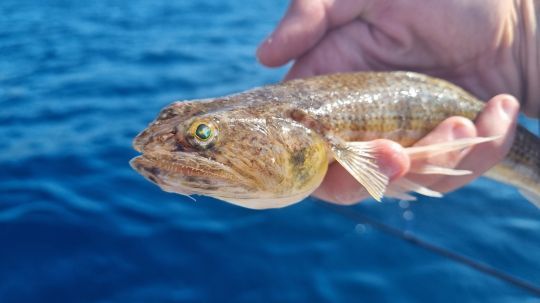
Behavior and diet
The striped lizardfish is a common sight on Mediterranean sandy beaches. It can be found from the first few meters to depths of over 30 meters. A benthic fish, it spends most of its time buried under the sand, waiting for prey to come within range. Reproduction takes place from spring to late summer, depending on water temperature.
An opportunistic and voracious fish, the striped lizardfish feeds mainly on small fish, crustaceans and cephalopods. A true predator, it tries to protect its territory by attacking all passing intruders.

Fishing for striped lizardfish
The striped lizardfish is rarely specifically sought after by anglers. They are an occasional catch when fishing with lures, surfcasting or baiting. It is a true indicator of the nature of the bottom. In fact, if you bring back such a catch, you can be sure you're fishing on sand.
Once you've correctly identified a striped lizardfish, you can have fun looking for it. With lures or bait, fish very close to the bottom, and even scrape the sandy bottom to trigger the aggressiveness of this opportunistic predator. Be careful, however, to identify the species well before seizing it, as it frequents the same biotopes as the very painful biting vivipers.
